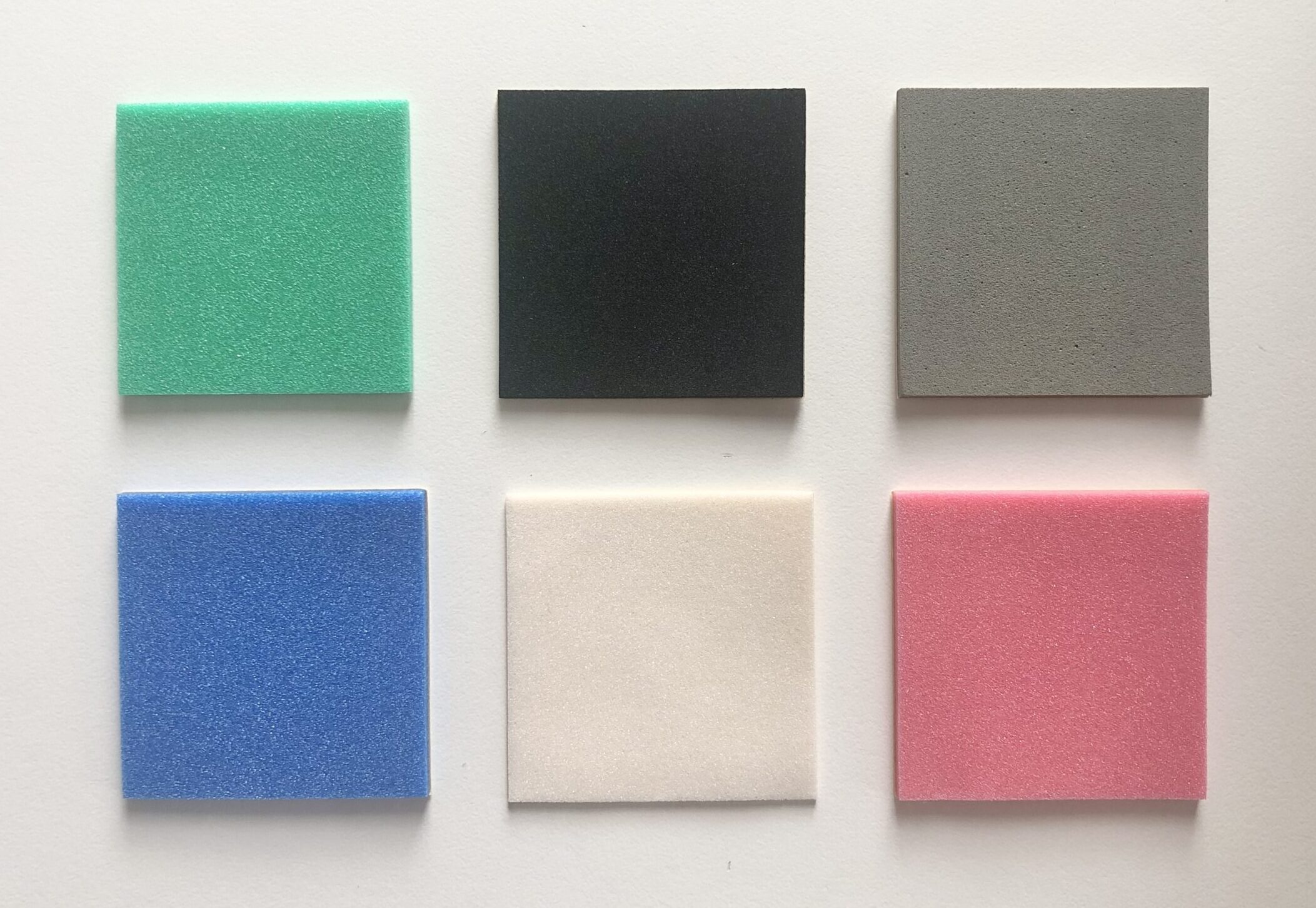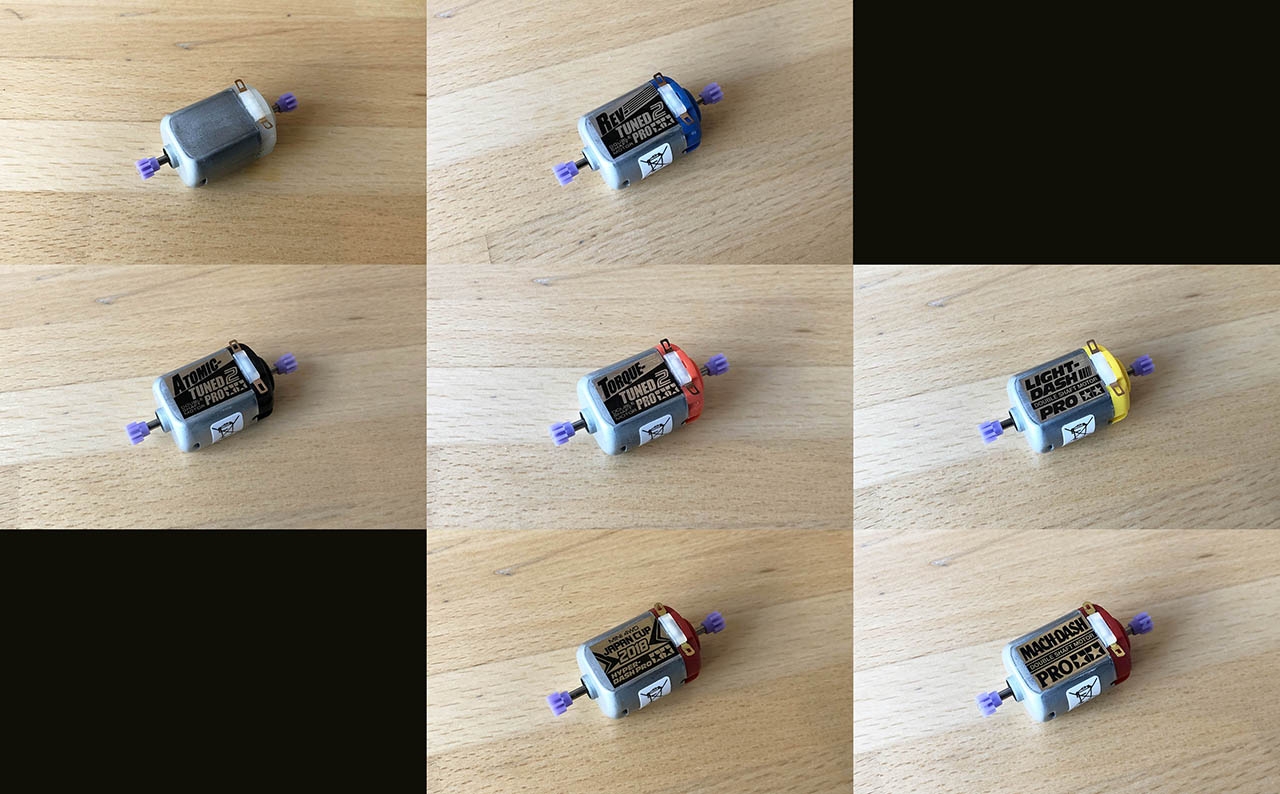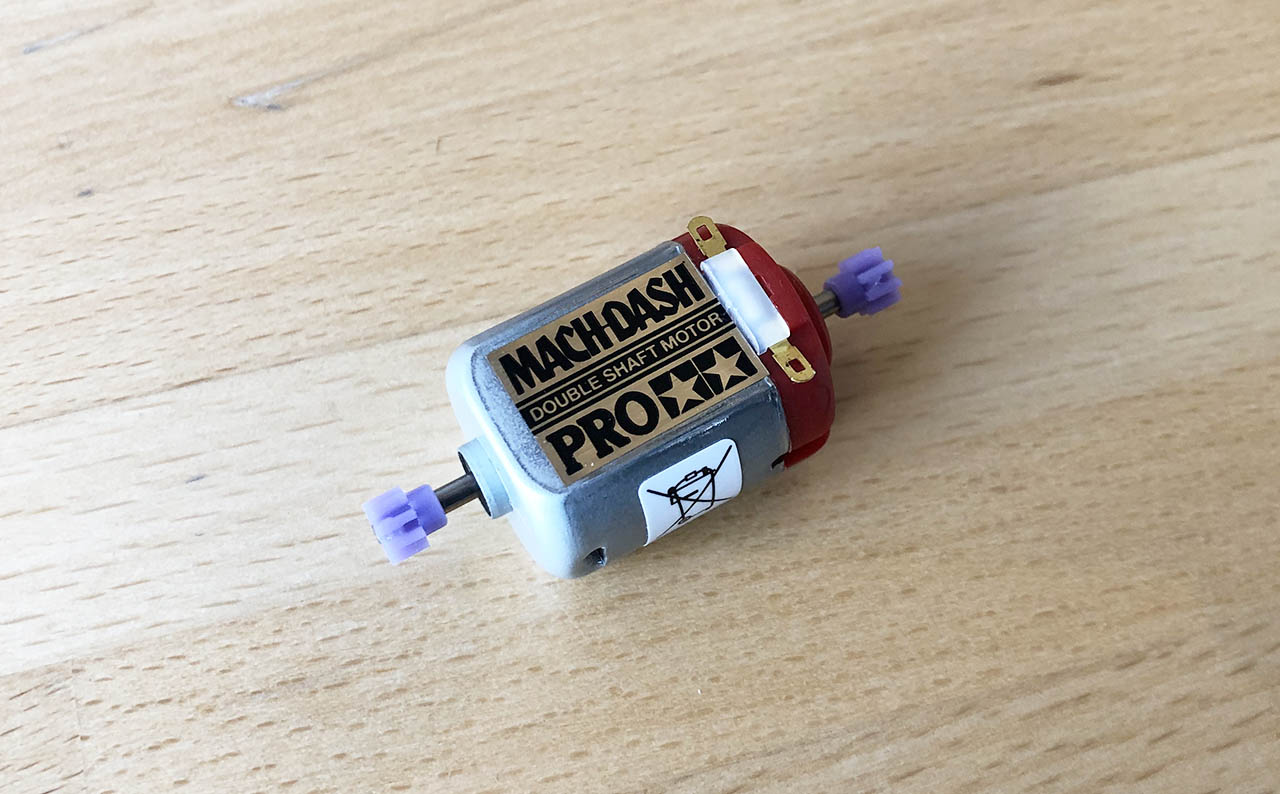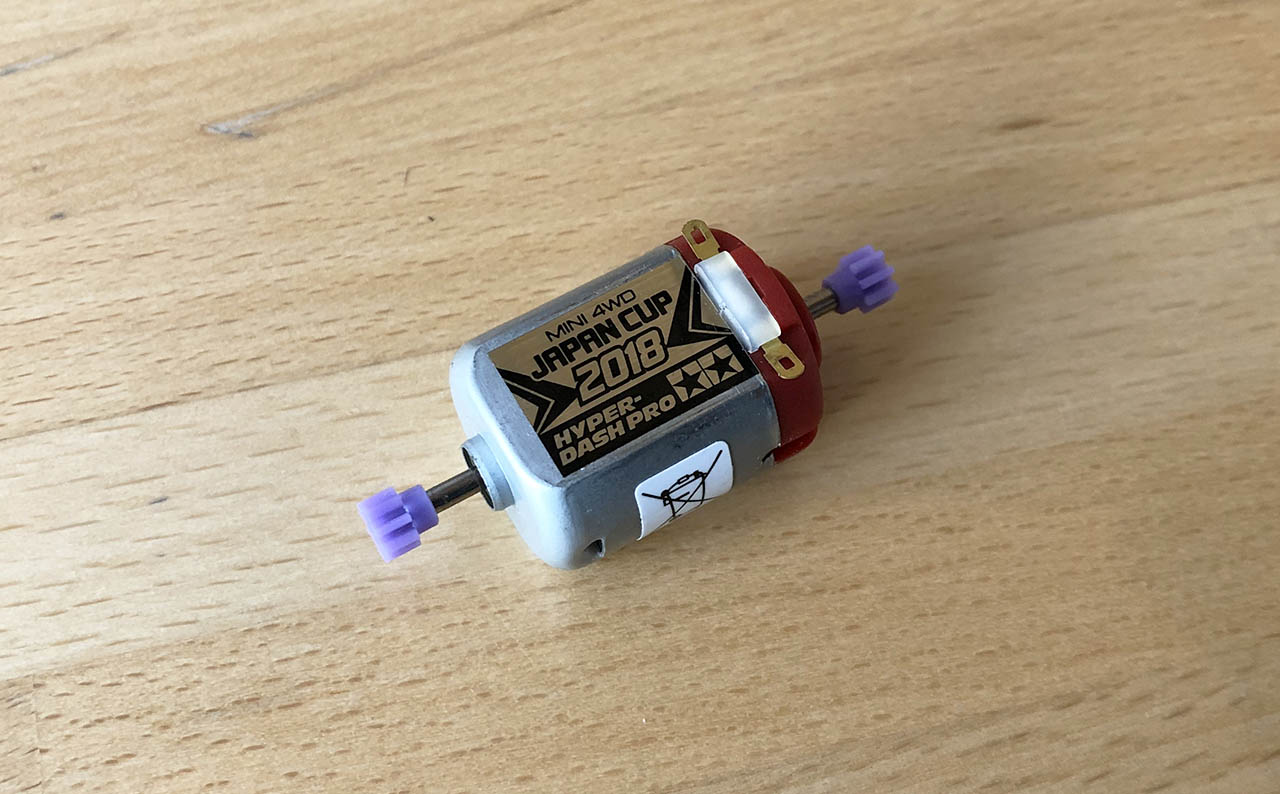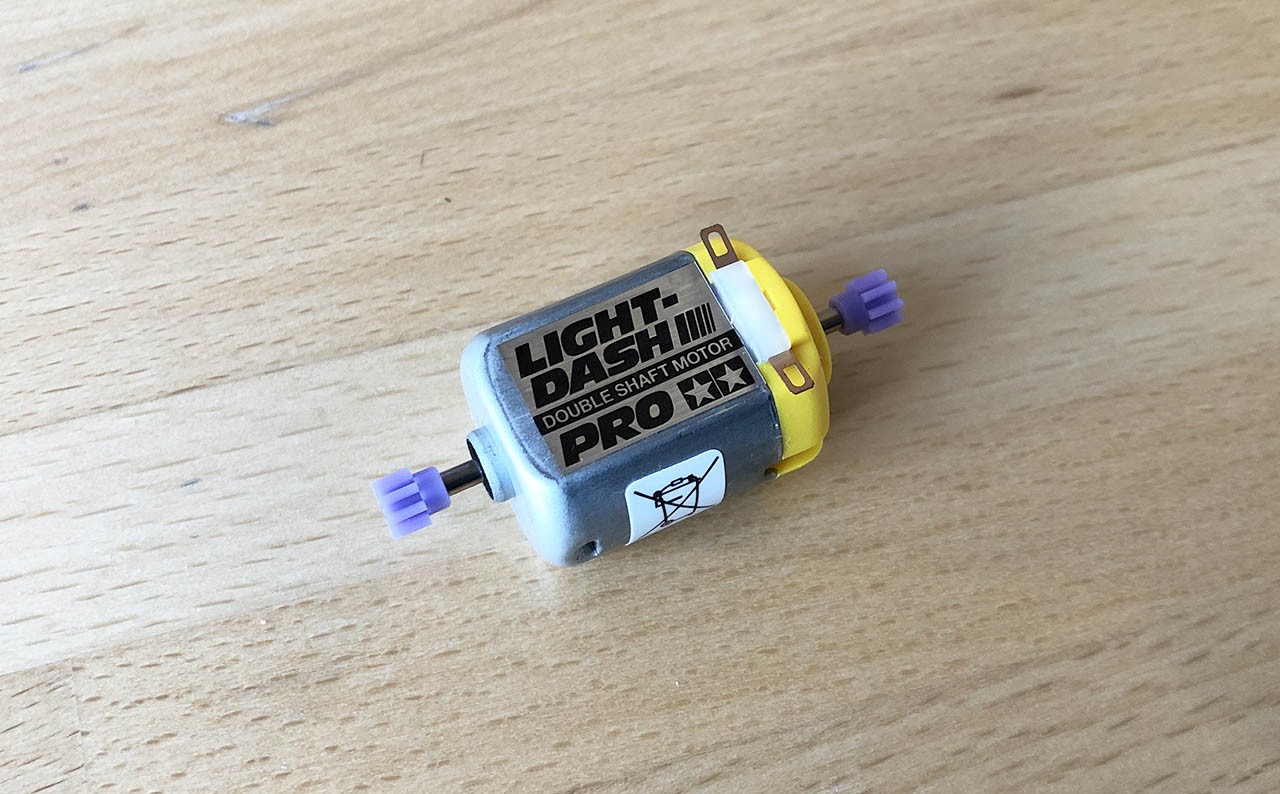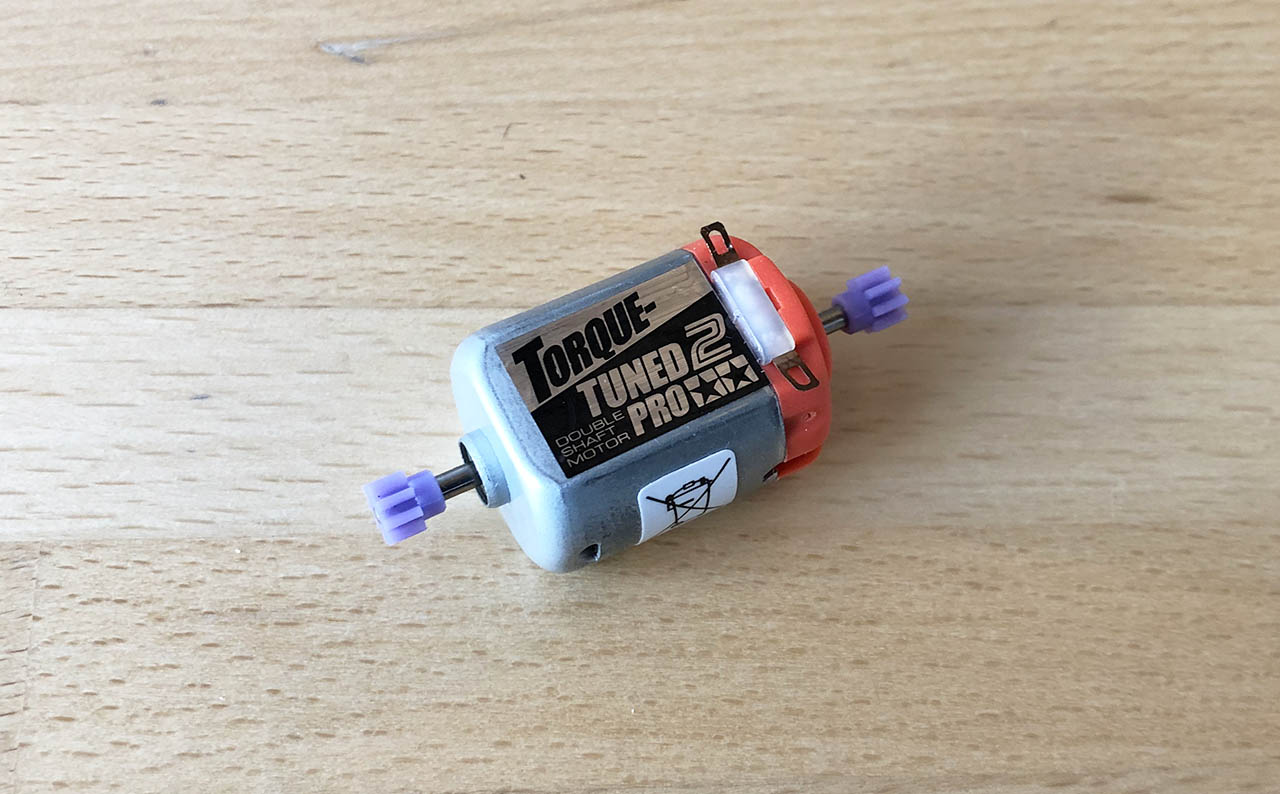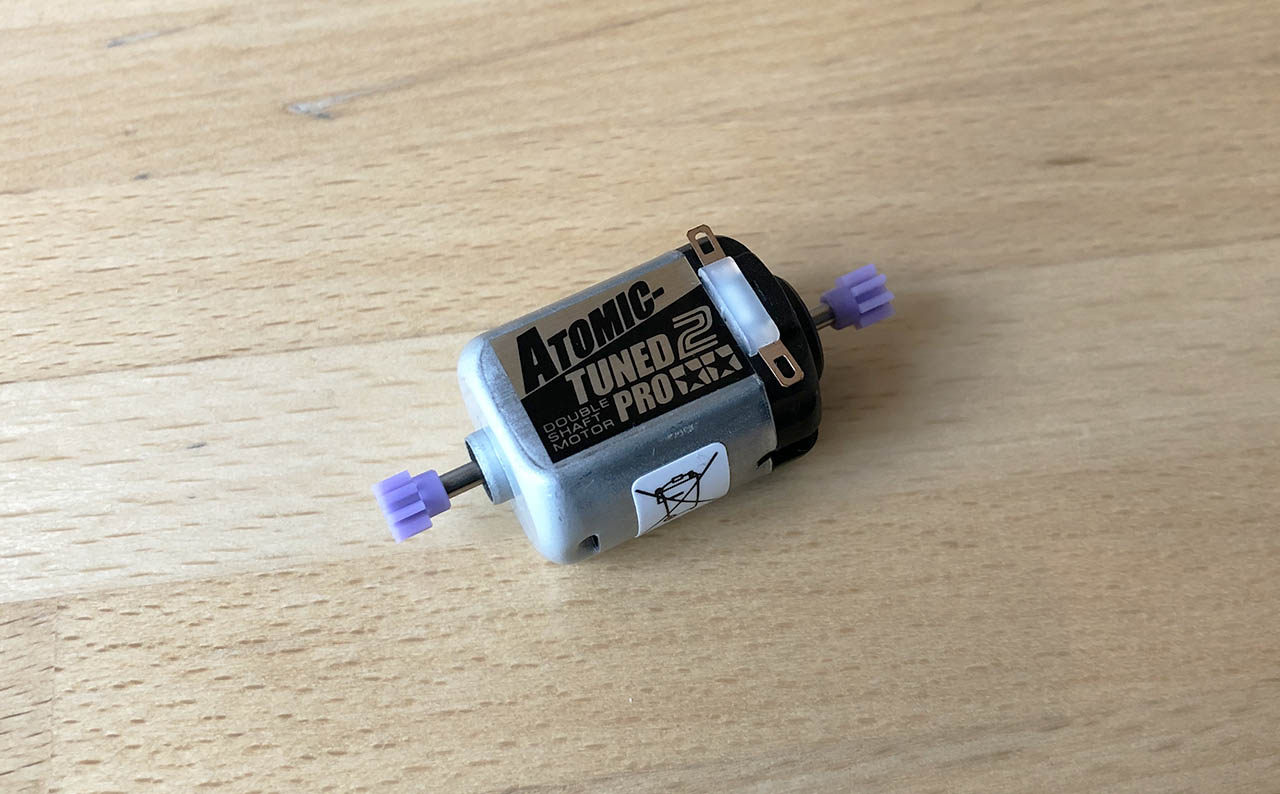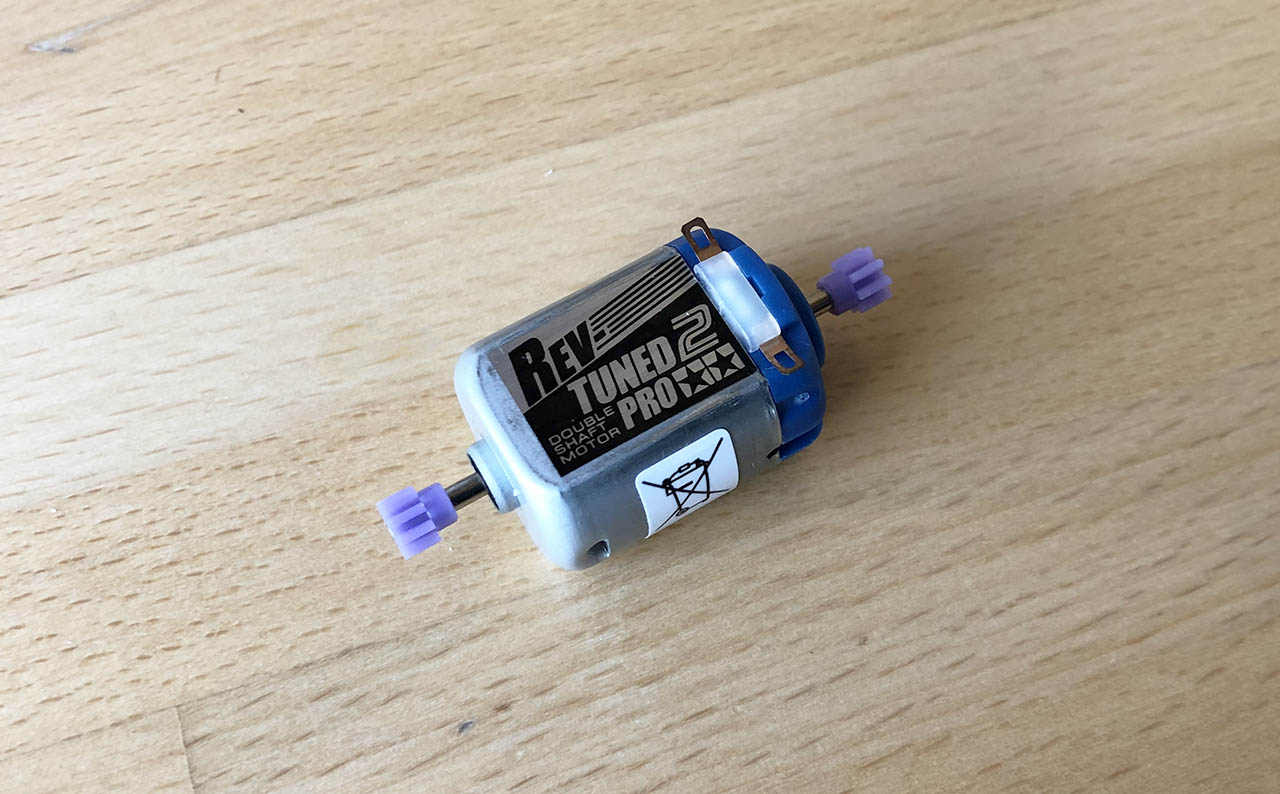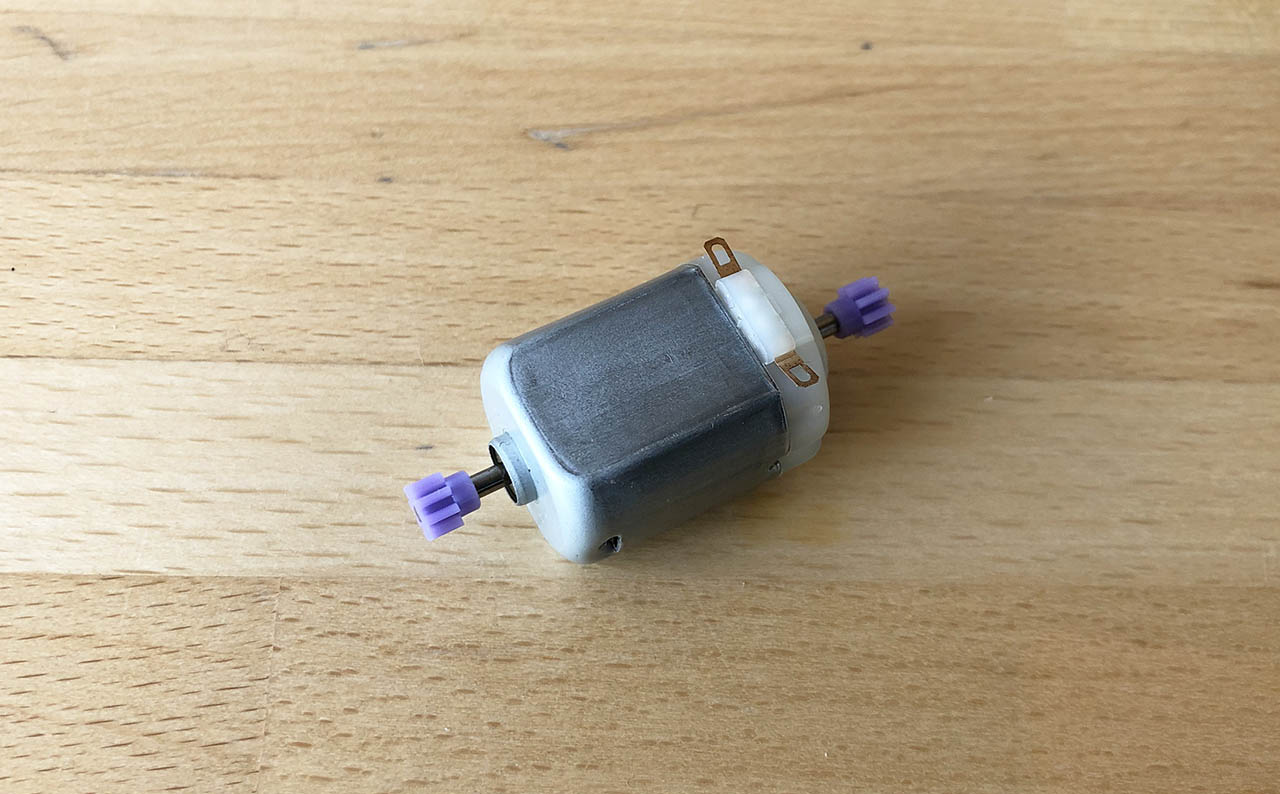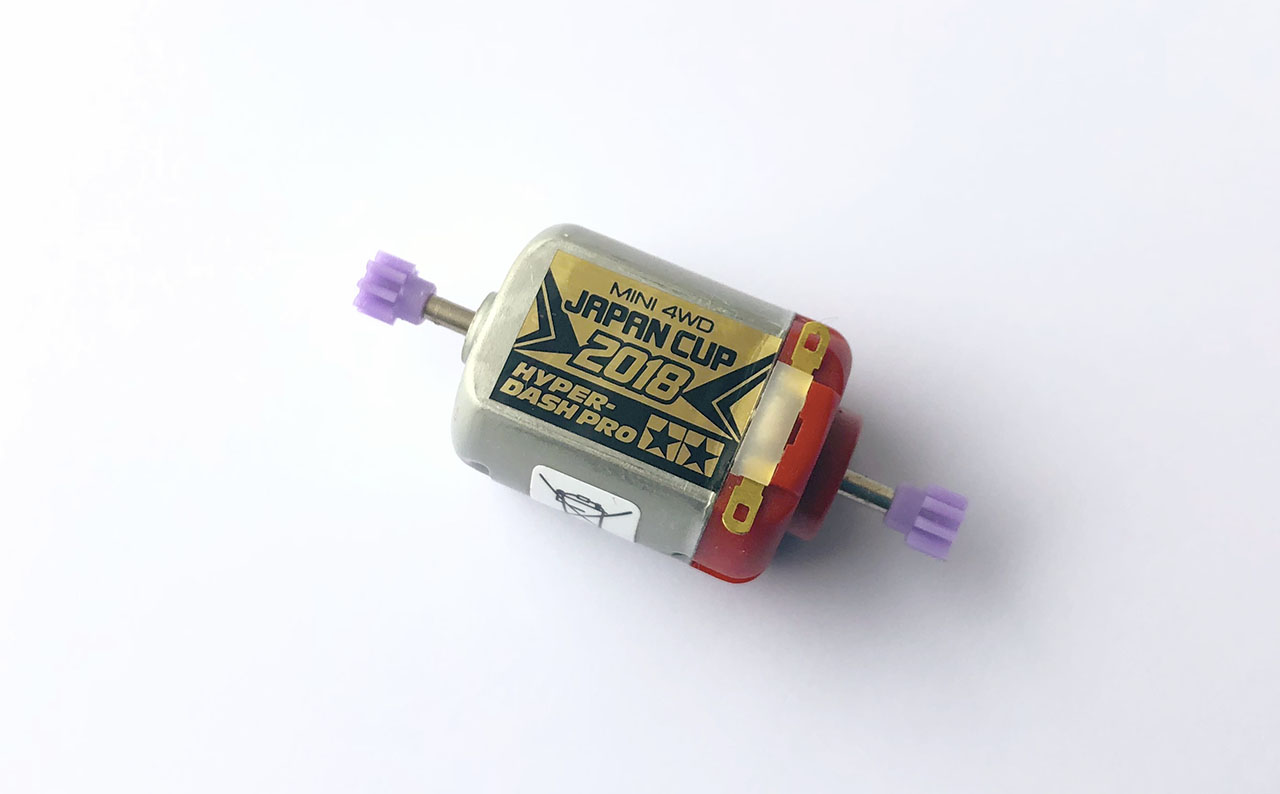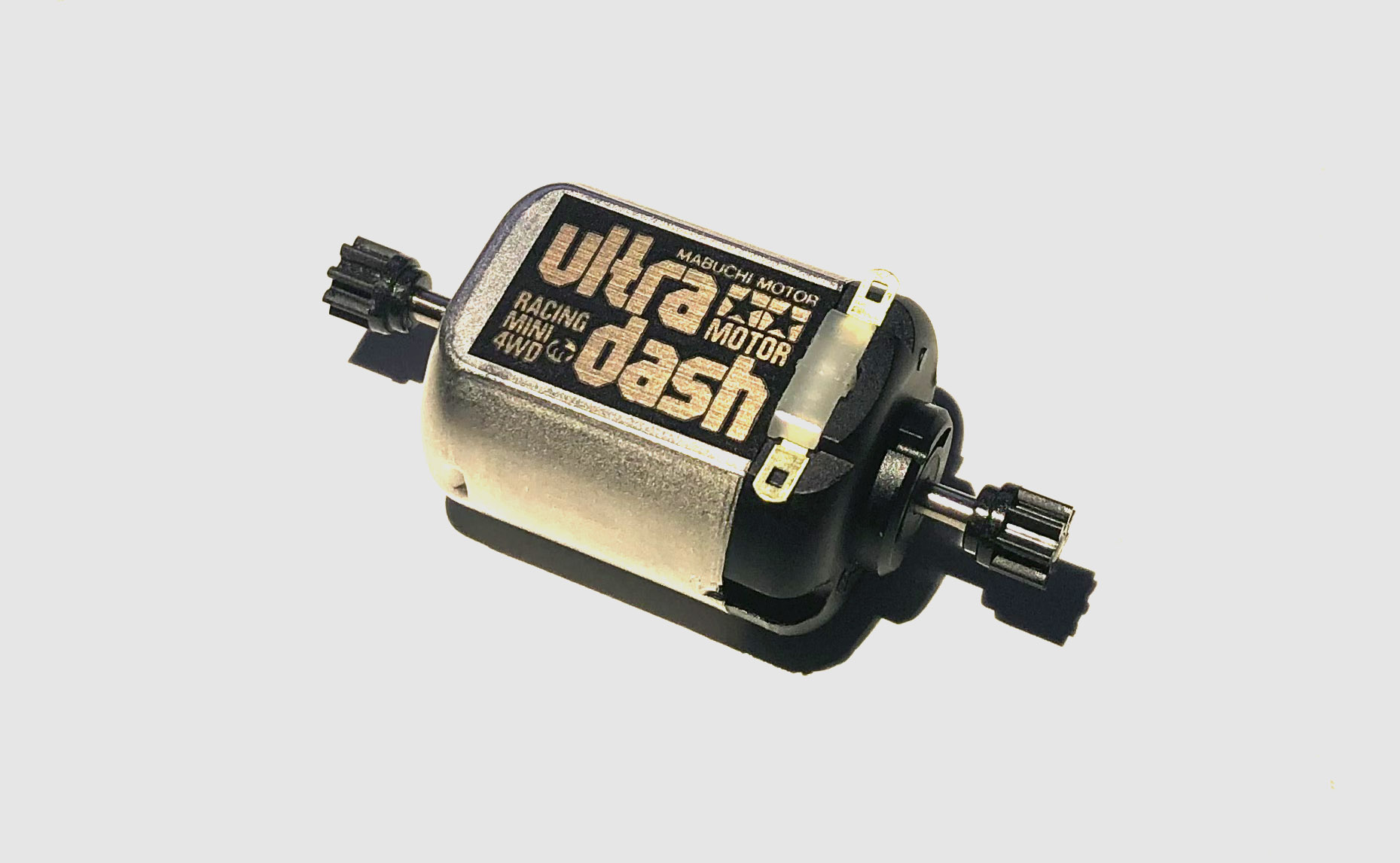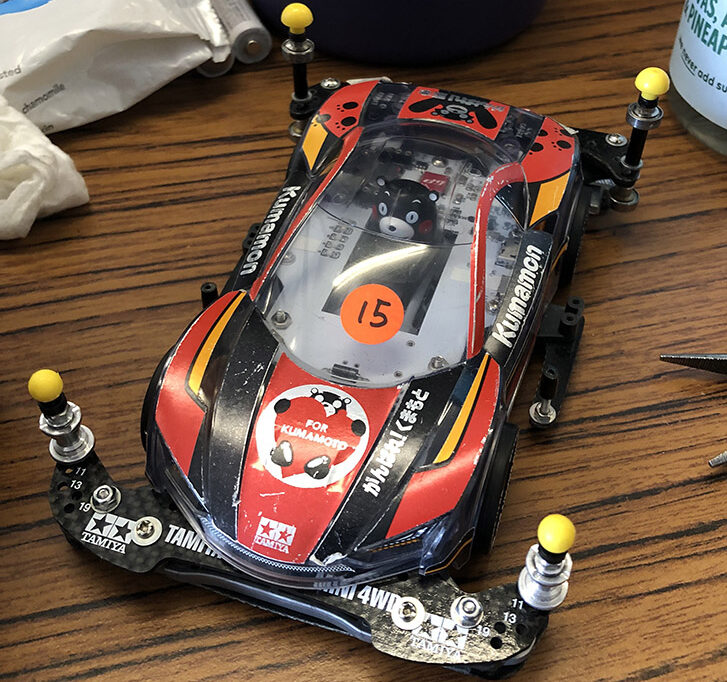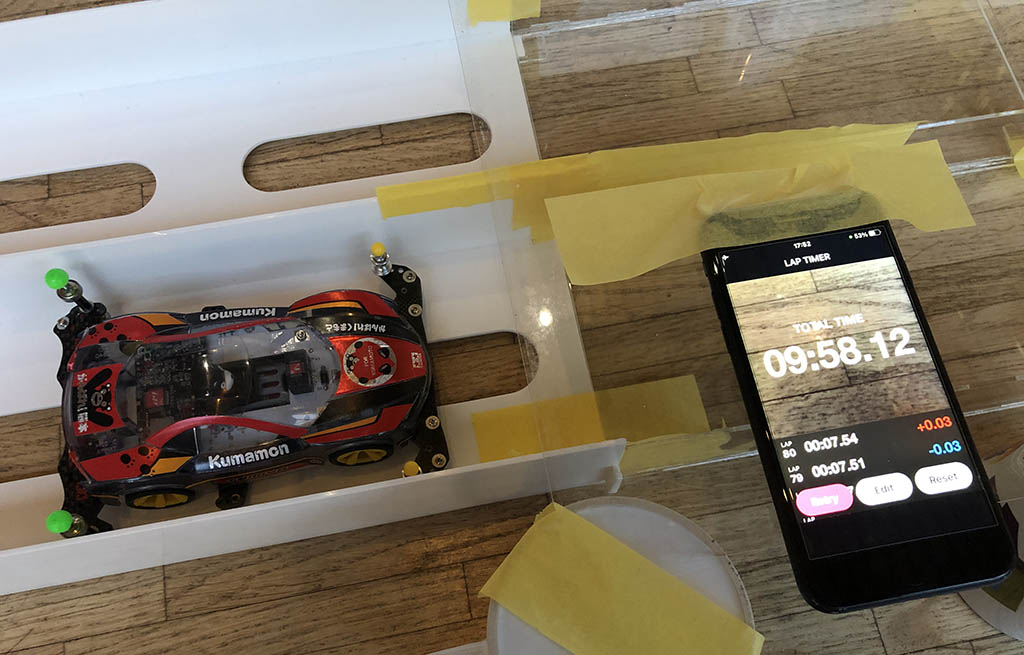Torque is a measure of the effort need to turn or twist an object about its axis [1]. It is also referred to as the moment of force (also abbreviated to moment) [2]. Torque in metric terms is measured in Newton metre (Nm).
So let’s take an example of a car mechanic using a torque wrench to undo a bolt. The length of the bar is the radius and the pressure he applies with is arm is the force. The torque (twisting force) is acting on the bolt.
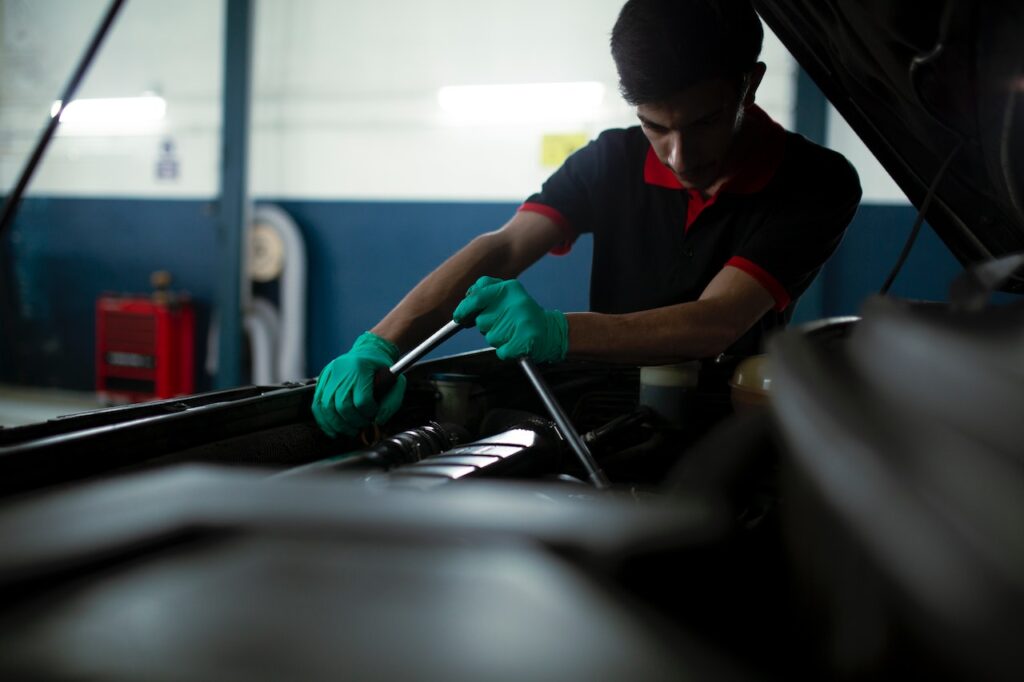
Let’s visualise this with a simple diagram
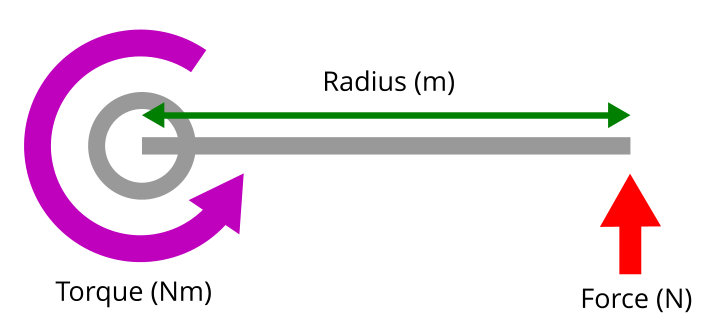
Torque (Nm) = radius (m) × Force (N)
So if the radius is 2 metre and the Force is 5 newton, the torque is 10Nm.
Let’s image the Force (N) the mechanic applies to the wrench is 10N, the radius of the wrench bar is 0.25m, the torque on the bolt is 0.25 × 10 = 2.5Nm.
Force and Acceleration
According to Newton’s second law:
Force (N) is equal to mass (kg) × acceleration (m/s2) i.e. F = ma
which means the force (F) acting on an object is equal to the mass (m) of an object times its acceleration (a). The greater the force, the faster the object accelerates [3].
For example, if the mass of an athelete is 60kg and he wants to accelerate from a standstill to a speed of 2 m/s in a second (i.e. a 2 m/s2 acceleration), he would need to apply a force of 60 × 2 = 120N of force on his feet to push forward.
Working out the acceleration from wheels torque
From the formula we have covered so far, we have
Torque (Nm) = radius (m) × Force (N) …… (1)
Force (N) = mass (kg) × acceleration (m/s2) …… (2)
Combine (1) and (2) gives us (substitute Force):
Torque (Nm) = radius (m) × mass (kg) × acceleration (m/s2) …… (3)
The Torque here referes to the wheels torque, so let’s update it a bit.
Wheels torque (Nm) = radius (m) × mass (kg) × acceleration (m/s2) …… (4)
From our gear ratios article
Wheels torque (Nm) = motor torque (Nm) × gear ratio …… (5)
Combine the (4) and (5)
Motor torque (Nm) × gear ratio = radius (m) × mass (kg) × acceleration (m/s2) …… (6)
rearrange the formula, we get:
Acceleration (m/s2) = motor torque (Nm) × gear ratio ÷ radius (m) ÷ mass (kg) …… (7)
Let’s take an example from our Mini 4WD.
Motor Torque (Nm): from our Gear Ratios article, a Hyper Dash PRO motor has a the torque of around 1.65 mNm = 0.00165Nm
Gear ratio: let’s use the high torque gear set 4:1, so gear ratio is = 4.05
Radius (m): the diameter of our Mini 4WD with standard low profile tyre is 2.61cm, so radius is 2.61 ÷ 2 ÷ 100 = 0.01305m
Mass (kg): the mass of our Mini 4WD development prototype is around 189 grams, so the mass is 189 ÷ 1000 = 0.189 kg
So acceleration (m/s2) is 0.00165Nm × 4.05 ÷ 0.01305m ÷ 0.189 kg = ~2.71 m/s2
Assuming the system is 100% efficient (e.g. no mechanical or wind friction) and the grip is perfect with no slip, our Mini 4WD can theoretically accelerate from a standstill to a speed of 2.71 m/s in 1 second.
In Summary
Using a combination of scientific formulas, we can find out the relationship between motor torque and acceleration, which is:
Acceleration (m/s2) = motor torque (Nm) × gear ratio ÷ wheel radius (m) ÷ mass (kg)
We can use this formula to estimate the acceleration of our Mini 4WD from the information on the package about the motor performance.
Stay tuned for more science 101 articles.
Hope you enjoy reading this article and have learnt some science too. Please feel free to leave a comment on our Facebook page @Mini4Science.
References
[1] http://wiki.dtonline.org/index.php/Torque
[2] https://en.wikipedia.org/wiki/Torque
[3] https://howthingsfly.si.edu/ask-an-explainer/what-does-fma-mean-newtons-second-law
http://wiki.dtonline.org/index.php/Moment_of_Force
Cover photo image source


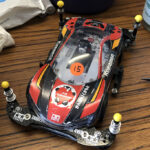
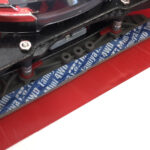
![7 different Tamiya Mini 4WD low profile small diameter tyres [Item no: 95208, 95205,95152, 95281, 95304]](https://mini4science.com/wp-content/uploads/2024/09/IMG_0538_mod2-150x150.jpg)
![8 different Tamiya Mini 4WD metal rollers [Item no: 95612, 15522, 95643, 95497, 15426, 95160, 15345, 15475]](https://mini4science.com/wp-content/uploads/2024/07/IMG_0296-150x150.jpg)
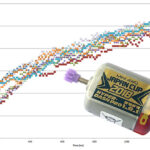
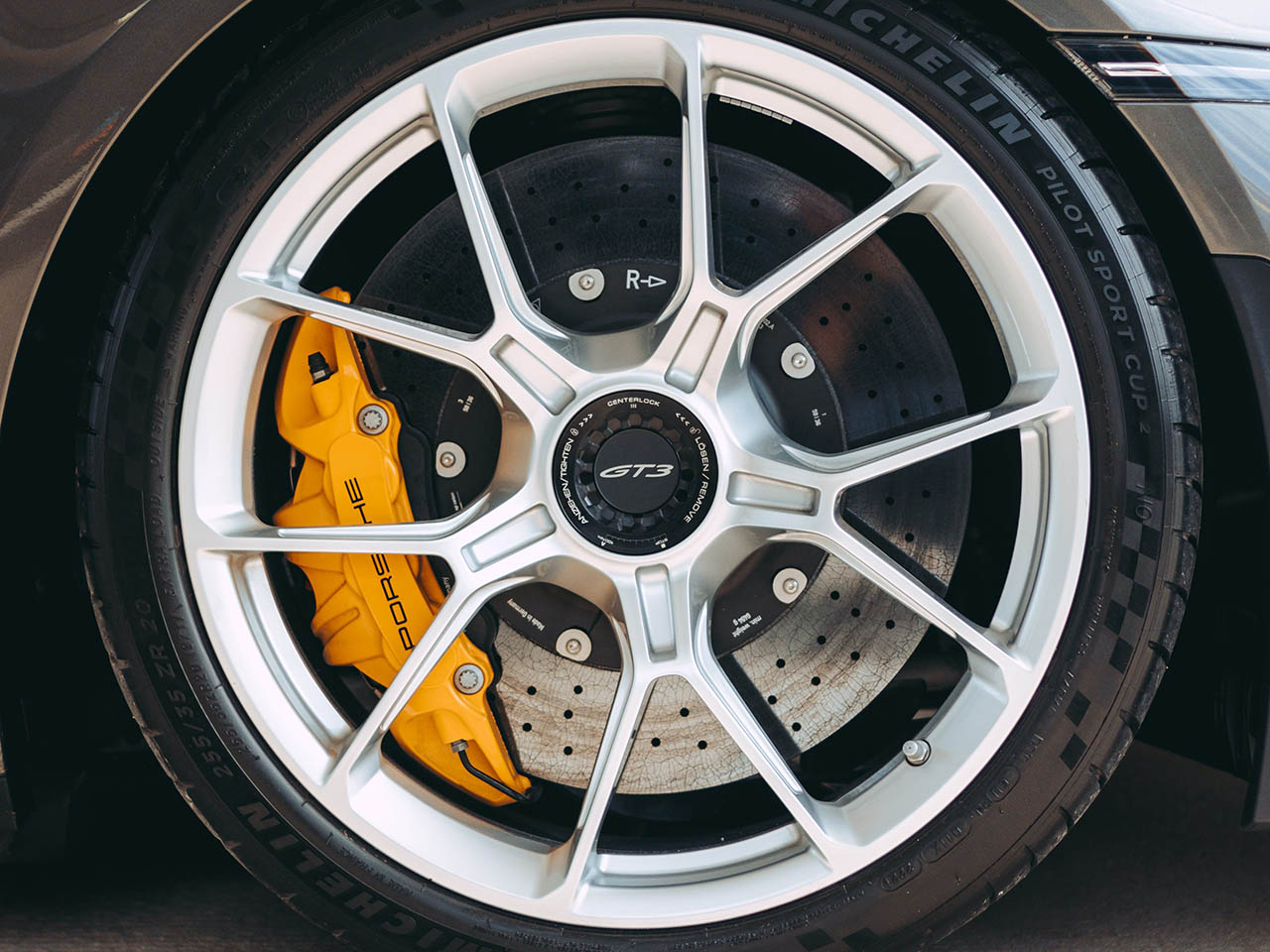

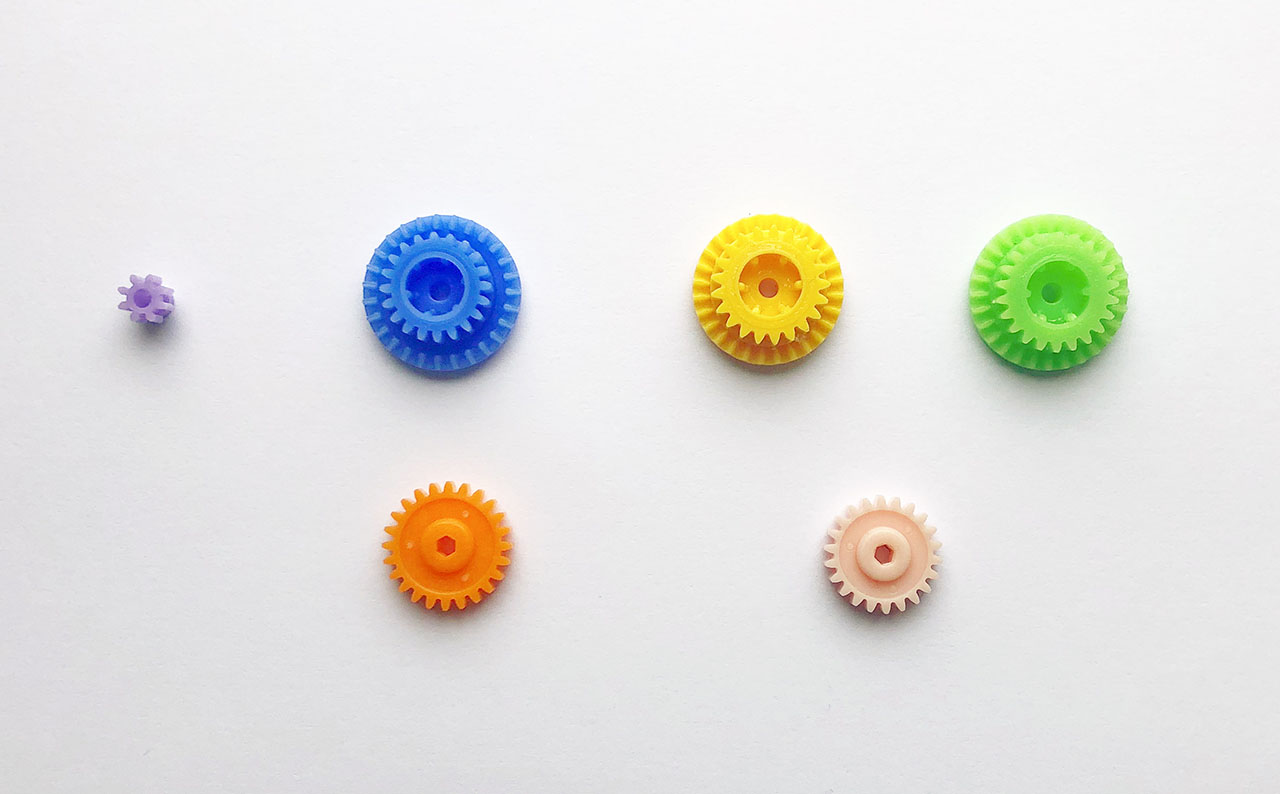
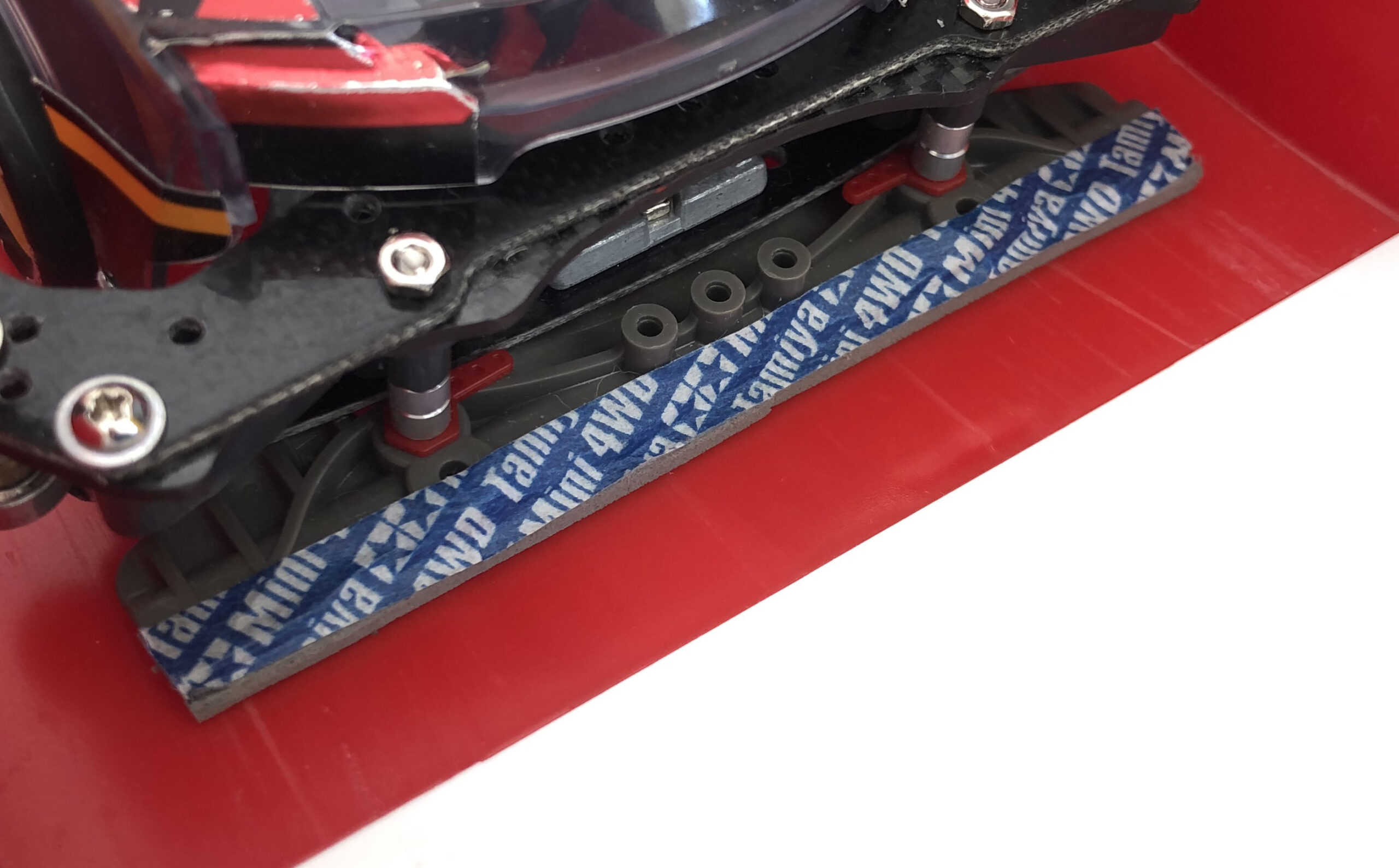
![7 different Tamiya Mini 4WD low profile small diameter tyres [Item no: 95208, 95205,95152, 95281, 95304]](https://mini4science.com/wp-content/uploads/2024/09/IMG_0538_mod2.jpg)
![8 different Tamiya Mini 4WD metal rollers [Item no: 95612, 15522, 95643, 95497, 15426, 95160, 15345, 15475]](https://mini4science.com/wp-content/uploads/2024/07/IMG_0296-scaled.jpg)

